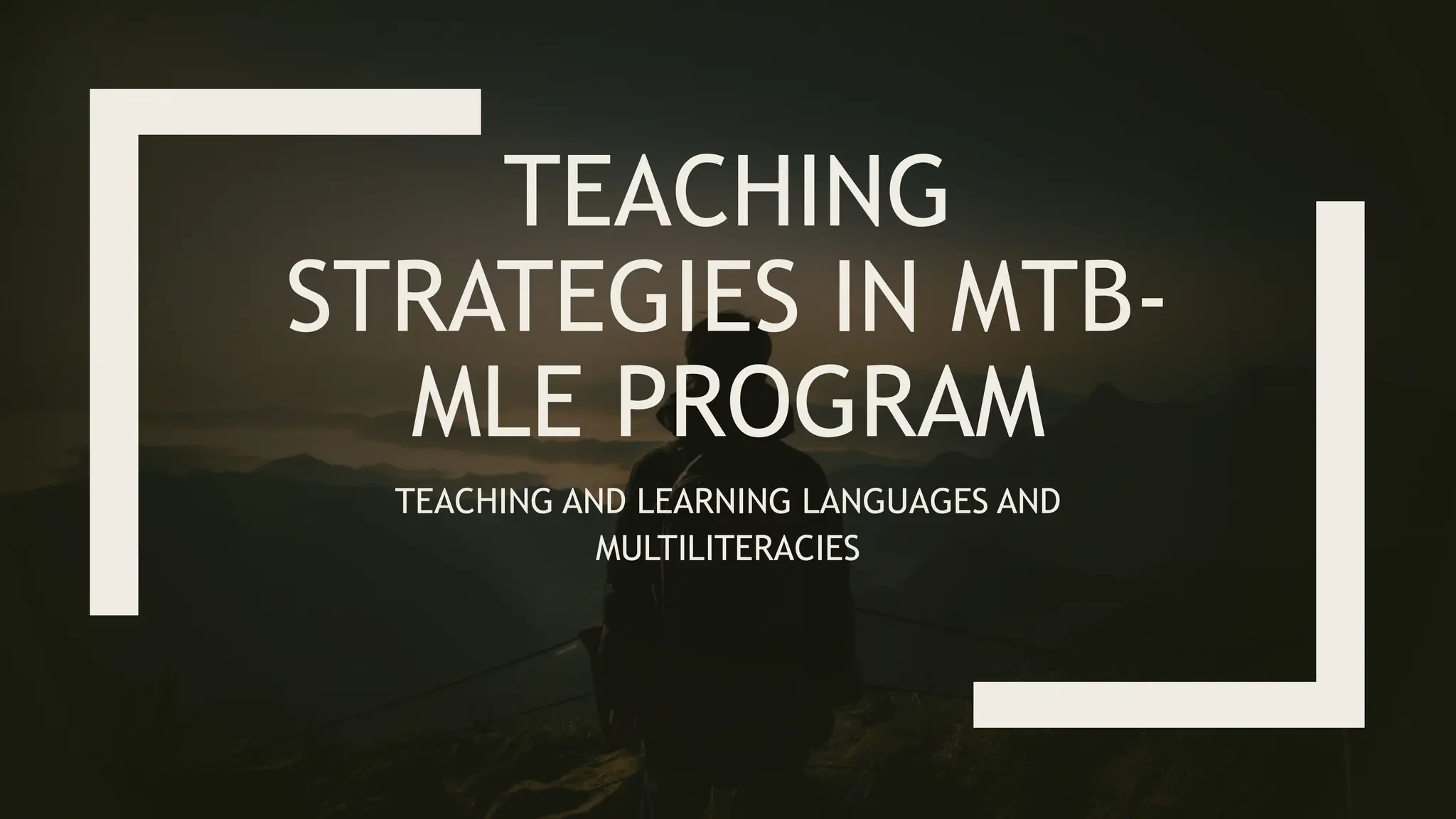The document discusses strategies for teaching various literacy skills. It begins by explaining the difference between oracy and literacy, noting that oracy refers to speaking skills while literacy encompasses reading, writing, and language skills. It then provides details on several instructional approaches for developing literacy, including literature-based approaches, phonological awareness activities, decoding strategies, and techniques for improving fluency. Specific goals, principles, and methods are outlined for teaching each of these areas.












































